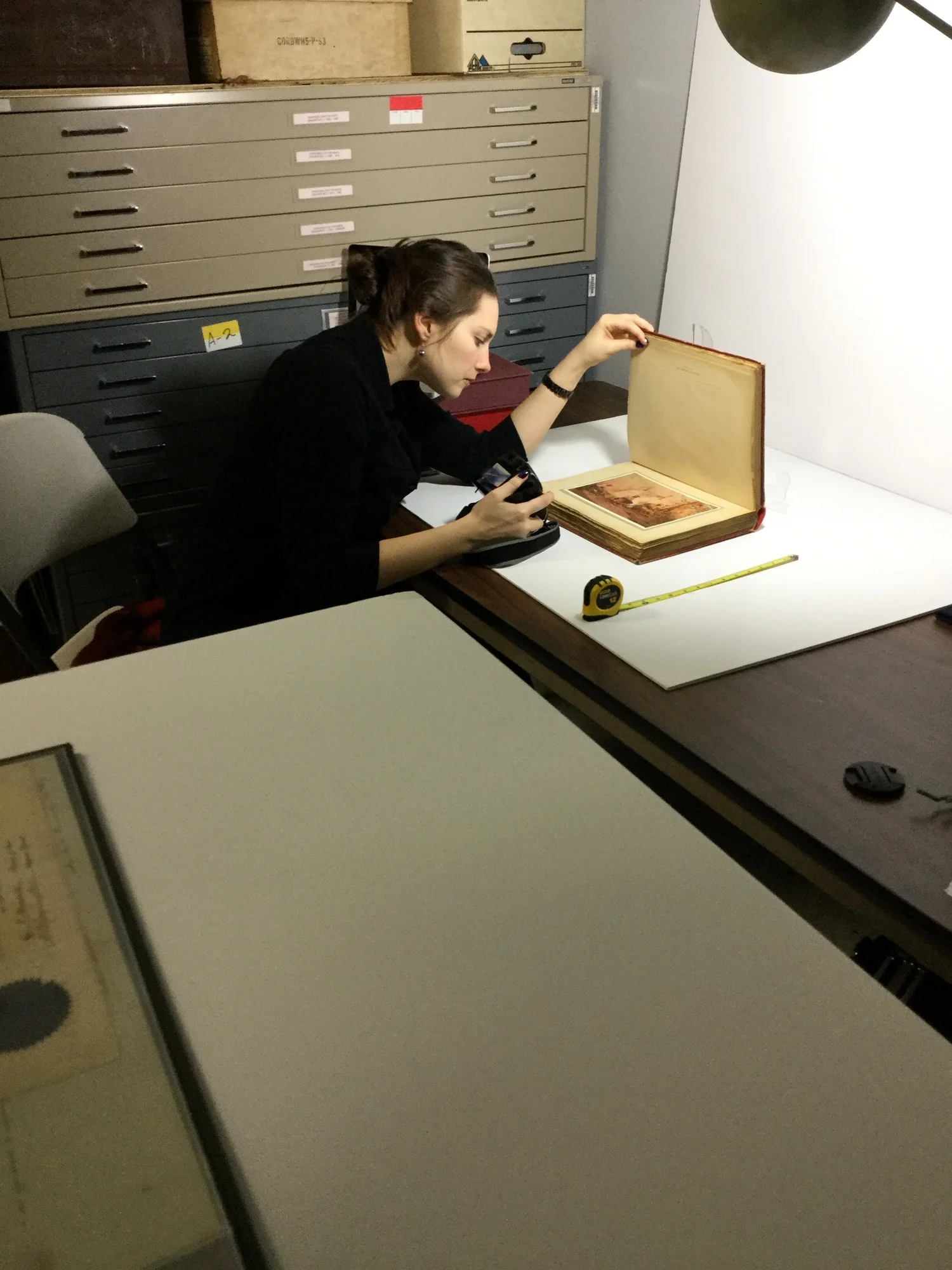Individuals or organizations that donate art and valuable personal property to museums or other qualified charities can take a corresponding charitable contribution deduction on their federal income tax return. Documenting non-cash charitable contributions for the IRS requires understanding:
the fair market value of the donated object
how the property was acquired and used by the donor
how the 501c3 nonprofit donee plans to use the donated property
which documents to file with the donor’s return
While the fair market value of the donated object is often the amount associated with the deduction, there are instances where the donor is not eligible to deduct the full fair market value amount. Donors should ask the following questions when planning and coordinating gifts of tangible personal property:
“How do I know what its worth?”
Donors should have an idea of how much their property is worth prior to coordinating the donation and should not rely on an insurance schedule. Insurance schedules contain retail replacement values that are not considered relevant by the IRS. The IRS requests that taxpayers identify the fair market value (FMV) of the donated object. Fair market value is the price a willing, knowledgeable buyer would pay a willing, knowledgeable seller when neither has to buy or sell. If the donor cannot confidently assess the object’s value, or the object has an estimated fair market value in excess of $5,000.00 hire a Qualified Appraiser to provide you with a reliable value that will not be contested by the IRS.
“What is my relationship to the donated property?”
Depending on how the property was used and acquired, the IRS may consider the donated object to be ordinary income property. Ordinary income property is property that would result in ordinary income or short term capital gain if it were sold at its FMV on the date it was contributed. Examples include:
If the donor is a dealer of art, artifacts, or antiques, and the donated object was part of their inventory.
If the donor is an artist, and they donate one of their own works of art
If the donor has owned the donated object for one year or less
To determine the amount of a deduction for a gift of Ordinary Income Property:
Determine the FMV of the object
Identify the amount that would be ordinary income or short-term capital gain if the property was sold
Subtract the ordinary income/short-term capital gain from the FMV
For example, a professional artist may create a bronze sculpture that cost $900.00 in materials to create. This sculpture reliably sells on the market for $6,000.00, which generates $5,100.00 in income for the artist. The artist elects to donate the sculpture to an annual fundraiser in support of a museum with 501c3 designation. The artist could deduct $900.00 for their donation of ordinary income property.
Identifying how the donor used the property prior to the donation informs the amount of the deduction.
“How does the donee plan to use the donated object?”
Coordinating the donation should include a conversation with the donee’s representative involving how the object will be put to use. If the donee institution does not plan to use the object to fulfill their mission, the donor will not be able to claim a deduction of the full FMV of the donated property. Likewise, if the donee institution chooses to deaccession (a gentle synonym for “selling” in the noncommercial museum world) the donated object, the deduction allowance can change for the donor. It is very important to discuss immediate plans for the donated object when coordinating the donation.
Gifts of valuable artwork can satisfy donor’s philanthropic and tax planning desires. Donors must familiarize themselves with the IRS requirements for documenting their contributions, clarify the terms of the gift upfront, and seek professional advice from tax planners and appraisers.
Helpful resources that informed this post are published by the IRS and available online in PDF format: Publication 526: Charitable Contributions, Publication 561: Determining the Value of Donated Property, and the Instructions for Form 8283.





In an interview for Northern Trust, Wealth Advisor Stacy Singer describes the nuanced and often challenging path to estate resolution when valuable, one-of-a-kind objects are passed down to heirs. She offers her four strategies for navigating wealth transfer involving valuable fine art and collectible objects, which align directly with our holistic approach to collection management. In this post, we drill down the four key elements of this wealth planning strategy for art.